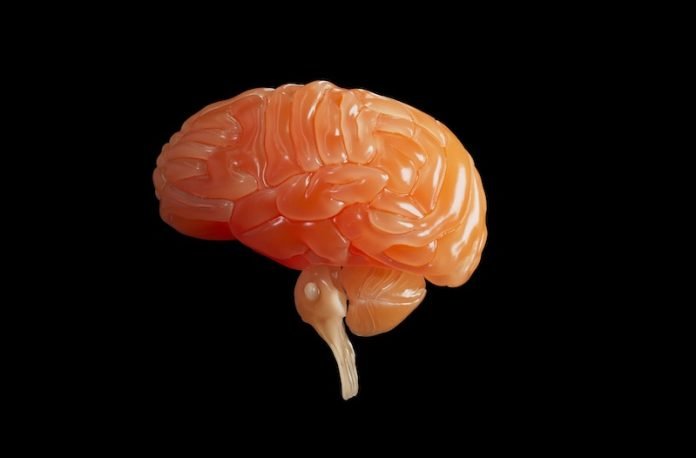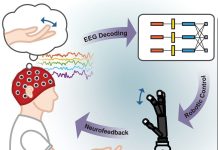
Inside our bodies, there are tiny cells that work like our body’s special security guards. They protect our brain and spinal cord, which make up our central nervous system.
These tiny cells are called ‘microglia’ cells. Most of the time, they do a good job protecting us.
But sometimes, they can cause problems and lead to diseases like multiple sclerosis and Alzheimer’s disease.
The Study: Learning More About Microglia
Researchers from the University of Alberta wanted to learn more about these tiny cells. They were particularly interested in how these cells change and react when there’s an injury.
They hope that this knowledge can help us find ways to protect our brains when these cells start causing problems.
Jason Plemel, an assistant professor of neurology at the University of Alberta, said, “We know that under certain conditions the microglia are profoundly important for regeneration—and we also know that under other conditions they may have seemingly toxic properties.”
Microglia: The Good and the Bad
Microglia cells can act in two different ways. They can help our brain heal when it’s injured. But they can also cause harm to our brain.
Plemel’s team wanted to understand when and how these cells can become harmful.
To do this, they studied how microglia behave when there’s damage to the myelin in animals.
Myelin is a layer that covers most of our neurons, kind of like insulation on electrical wires. When myelin is damaged, it can lead to diseases like multiple sclerosis.
Past studies have shown that microglia play a big role in this kind of damage. But Plemel and his team found out that microglia don’t just cause harm.
They also help clean up after the damage is done. They consume debris and dead cells. This is how immune cells usually respond to injury.
Microglia in Different Diseases
Plemel’s team also compared the microglia in their study to the ones in a previous study on Alzheimer’s disease.
They found out that they look very similar. This means that these tiny cells behave in the same way in different diseases.
Looking Forward: Finding New Treatments
Plemel and his team think that by learning more about microglia, we can find ways to stop them from causing harm.
This could help protect the brains of people with diseases like multiple sclerosis and Alzheimer’s disease.
Their study, “Single-cell microglial transcriptomics during demyelination defines a microglial state required for lytic carcass clearance,” was published in Molecular Neurodegeneration.
This study is just one step towards understanding our brain’s tiny protectors better and finding ways to guard our brains against damage.
If you care about brain health, please read studies about vitamin D deficiency linked to Alzheimer’s and vascular dementia, and higher magnesium intake could help benefit brain health.
For more information about brain health, please see recent studies about antioxidants that could help reduce dementia risk, and coconut oil could help improve cognitive function in Alzheimer’s.
The study was published in Molecular Neurodegeneration.
Copyright © 2023 Knowridge Science Report. All rights reserved.



